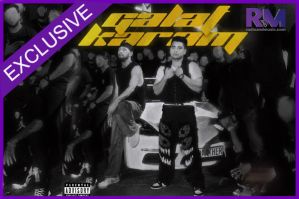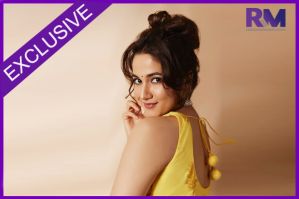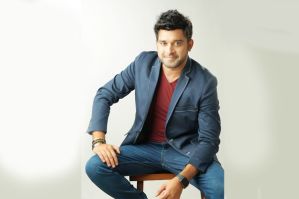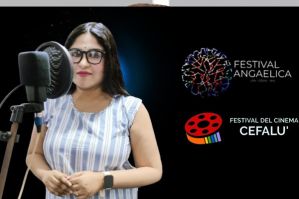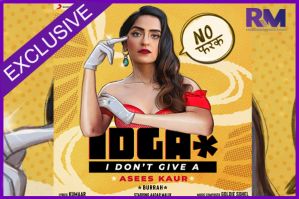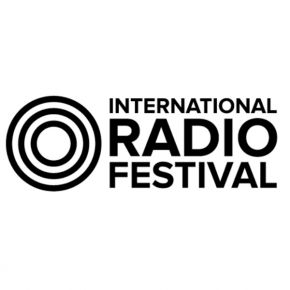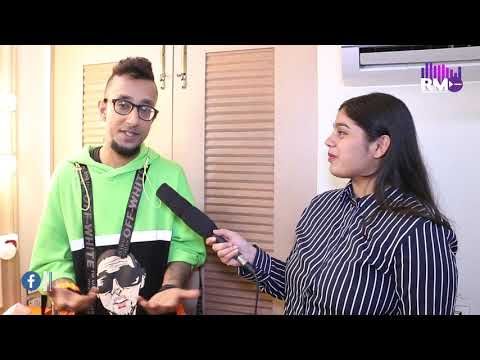Ludovic Bource - the man behind the music of Oscar nominated 'The Artist'
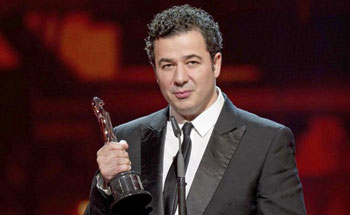
After winning best musical score at Golden Globe, Ludovic Bource's 2011 much talked about comedy drama �The Artist' has received nominations for great honours like The Oscar, Bafta and Cesar Awards. The film released under Sony Music has received ten accolades for The Academy and Cesar awards while 12 nods for Bafta.
'The Artist' featuring 24 tracks is the remake of the Hollywood cinema from the 30's a la Charlie Chaplin composed by Bource and directed by Michel Hazanavicius. Bource has composed his first feature film in 1998 MES AMIS (1998) for Hazanavicius and has accompanied the renowned director since then. In a quick chat Ludovic Bource shared his insights on the much acclaimed comedy drama �The Artist'. The composer also conversed about his experience on the decade long association with Michel Hazanavicius.
Excerpts
Tell us about the much acclaimed music of 'The Artist'?
In a silent movie, music is essential for telling the story and accompanying the emotions. In 'The Artist' there is double the music as in the 'OSS' films. The approach was normal further defining the main lines and mood of the film. I needed to explore all the nooks and crannies surveyed by Michel (director). The hardest part of the music was to do justice with the character like Jean's character George; which was to respect the combination of comedy and emotion.
The bulk of the work happened during editing as everything that had been composed during the initial stages was a kind of rehearsal. Music playing a bigger part than normal in the story, it required numerous adjustments. That was the main difference on this film, and certainly what was most complicated. We really couldn't afford any misinterpretation, any contradictory directions. Therefore we had to reduce certain pieces according to the editing, throw lots of them away, and write new ones, adapt them, following each step of the film that was being made. Michel and I didn't stop fine-tuning, refining.
What were the challenges faced while composing for a black and white silent film?
The film is a tribute to the great silent movie directors and to yesteryear's ways of filming and acting. We focused on symphonic and powerful orchestral music which was performed by 80 musicians. Being self-taught, and not a symphonic music specialist, I needed a lot of time to digest all this before I could compose the first theme. Michel grew attached to certain powerful themes by great composers. So we started with references to many great Hollywood movies including Chaplin, Max Steiner, Franz Waxman and Bernard Herrmann. We listened and analysed all these treasures and went back to the romantic composers of the 19th century.
What was it like to compose for the tap dancing scene?
It was less complicated than the rest. It's big band music, jazz dance music. Technically, it was risky. They had recorded the tap dancing parts to a Cole Porter piece and we had to find exactly the same rhythm, fitting George and Peppy's choreography to the very fortieth of second.
According to you, which was the one theme that stood out of the film?
That's difficult. In any case, the one that stood out when Michel started to shoot is a piece I composed on the piano that was called Like a Dew of Tears... and which is inspired by Brahms' Sapphic Ode.... It's a piece that radiates a kind of shyness, innocence and emotion that fits well with the film's subject: the decline, the fall, the loneliness of George Valentin. It's a recurring theme in the film but there are many others I love. I like Peppy's theme a lot.
How and when did you meet Michel Hazanavicius?
I met Michel in 1996 through a friend and my first publisher Fabrice Beno?®t who was with EMI. Michel was then an assistant director for the television show LES NULS for CANAL+. I had worked with one of Michel's childhood friends Kamel Ech-Cheik, as a result of which we worked together on an adverts. Later when Michel directed his first feature film MES AMIS (1998) produced by Dominique Farrugia, he lend me my first opportunity to be a composer.
How do you complement each other while working on project?
We keep our conversation to minimal while writing a screenplay and during the shoot I make a point to see the rushes and understand the feeling and other details that are important to me to make the melodies. And it works once the theme connects to certain characters or to the film as a whole. At least it worked for The Artist.
Share your experiences of working with Flanders Philharmonic Orchestra in Brussels.
Recording the music with the Flanders Philharmonic Orchestra in Brussels for a week was sublime. I was lucky enough to get marvellous people - 80 musicians: 50 string players, 4 French horns, 4 trombones, 5 percussionists, a harpist, 10 technicians, 5 orchestrators and 3 mixers And they told me it had been a long time since they had felt this way while recording the music for a film. Getting recognition from my fellow musicians was moving and gratifying.







